Planting, growing and caring for gerberas outdoors in the garden
Gerbera is a beautiful perennial with spectacular, large flowers. But gardeners mistakenly believe that this is a finicky plant. But in fact, they are quite unpretentious, and breeders have bred many decorative varieties. Gerberas look harmonious in any garden, and growing and the necessary care will not require any excessive efforts from the gardener.
general description
It is a herbaceous, perennial plant belonging to the Astrovye family. The root system is strong and developed. Gerbera is characterized by its compact size and short stem. A dense rosette of light greenish leaves forms in the root zone. Tall, strong, slightly pubescent peduncles grow from the middle of the outlet. Flowers bloom on them - single, large baskets with a light, yellowish-green core.
The flowers are similar in appearance to chamomile (daisy) and are somewhat reminiscent of echinacea. Gerberas differ in a variety of colors and sizes, there are ordinary, double and semi-double. The exception is blue - a flower in nature never takes on such a color.
Types and varieties of garden gerbera
The genus includes more than 80 species. But among gardeners, hybrid, highly decorative varieties are popular. They are suitable for both outdoor planting and indoor cultivation. More than 1000 varieties have been bred by breeders. The main types are:
- Wright;
- Jamson;
- green-leaved or common;
- abyssinian;
- Ambigua;
- Ferruginea;
- Anandria
But the most common species, on the basis of which breeders bred hybrid forms, are the green-leaved gerbera and Jameson. In a room, pot culture, compact varieties of Jameson's gerbera are grown.

Common and popular varieties:
- Jupiter;
- Mars;
- Alcor;
- Migar;
- Romeo;
- Delios;
- ALGOL;
- Durora mix;
- Parade;
- Elegans;
- Vincent.
Growing specifics
This is absolutely not a poisonous and picky plant. But for a lush, bright, long-lasting flowering, you need to know the features of agricultural technology.
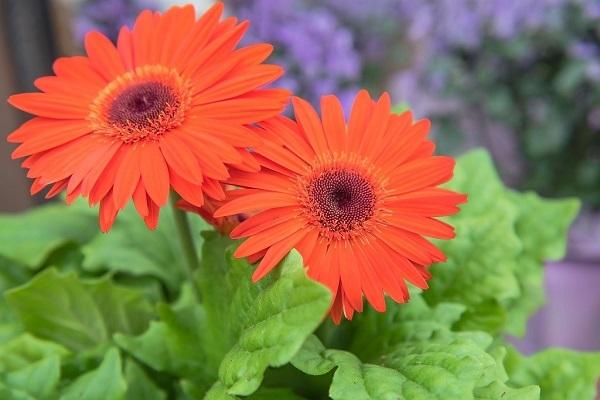
When is the best time to grow?
Gerbera is a plant that prefers a mild, warm climate. Therefore, it is common as a greenhouse crop, it is grown for cutting or cultivated as a houseplant. In greenhouse conditions, with backlighting and heating, flowers are grown almost all year round.
But they are planted in open ground in the spring, but transplantation is possible during the fall. The main thing is not to delay the timing of the transplant until frost.
Sowing seedlings
Gerbera seeds do not need to be pretreated or stratified before sowing. Sow in February-early March, less often in early April. It is necessary to sow "randomly", in small bowls, having previously highly moistened the soil. If there are few seeds, then they are mixed with river sand. After sowing, carefully (gerbera seed is small) spray from a spray bottle.
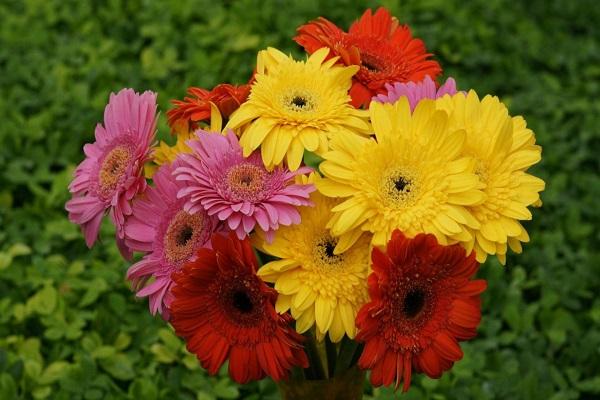
How to prepare the soil?
Gerberas prefer light loam or sandy loam. But for successful development it is necessary to prepare the ground in advance. Pre-weed and dig deep into the site. Then the soil on the selected beds is mixed with the planting nutrient substrate containing fertilizer.
Planting gerbera in open ground
Gerberas are planted outdoors in April-May, depending on the growing region. Also, the type of seedlings plays an important role in choosing the timing of planting. If this is a seedling with an open root or a cut from the mother bush, then it is desirable that the planting is carried out early. The plant should take root before the hot weather sets in. But seedlings with a closed root, in pots, are planted at any time of the season, and even flowering.

The subtleties of plant care
Despite the relative unpretentiousness, growing gerberas has its own subtleties that any grower needs to know.
Features of watering and dressing
At home or greenhouse conditions, gerberas are provided with high air humidity. But you should avoid spraying the flowers directly, but spray moisture near the plants. It is important to avoid excessive soil moisture or stagnant water.
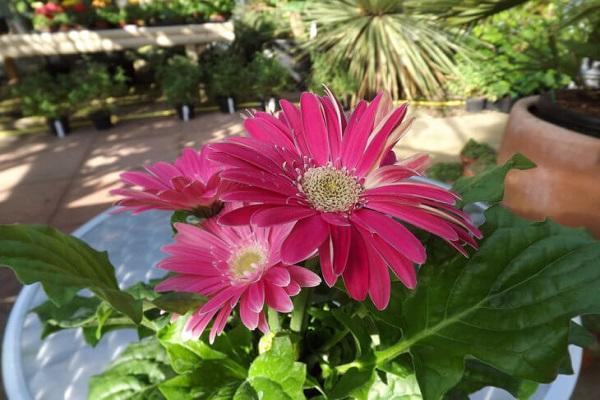
In winter, the plant is watered carefully and rarely, slightly moisten the substrate as it dries. Cold water is absolutely not suitable for irrigation. For gerberas, the contrast between the temperature of the soil and the air is destructive.
The plant spends a lot of energy on regular, abundant, long-term flowering, therefore enhanced "nutrition" is needed. Moreover, it must be remembered that gerbera organics does not tolerate well. Flowers are fertilized at intervals of 7-10 days, except for the winter dormant period.
At the early spring beginning of the growing season, fertilizers with a high proportion of nitrogen are used. But during the rest of the season, during the flowering of gerberas, the emphasis is placed on complex fertilizers with a high content of phosphorus and potassium and, conversely, a minimum share of nitrogen.
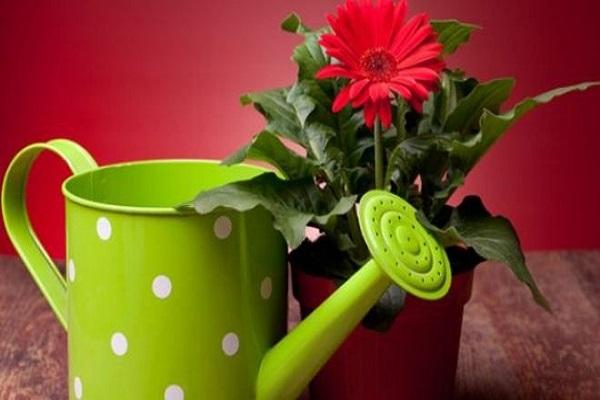
Weeding
It is necessary to regularly weed or pluck weeds that oppress and take food from flowers. But the mulched soil will save time and energy for the gardener.
Pruning
It is produced after flowering begins. It is necessary to carry out sanitary cleaning by removing dry leaves and stems directly. It is recommended to cut the extra leaves in the outlet, this technique stimulates the regrowth of new flowers.
Temperature and lighting
Gerbera is a very light-loving culture. When growing in the country, the sunniest beds should be chosen for it, without any shading. But in the hot summer months, light shading from the midday sun is necessary. When grown at home, the pots are stirred in the lightest places.
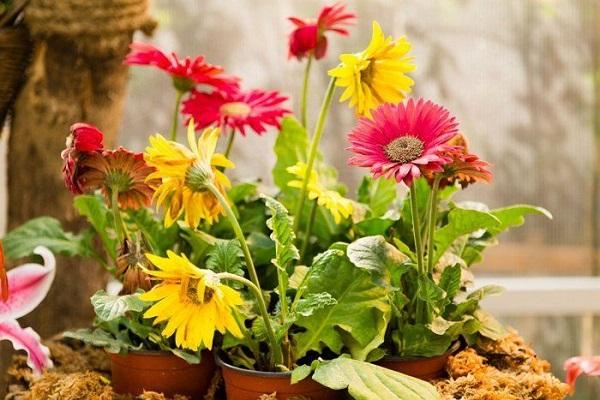
In spring and autumn, it is desirable to extend the daylight hours with the help of additional lighting with special lamps. In summer, indoor varieties are taken out on the street or on the balcony. Often, gardeners temporarily, for the summer period, plant flowers from pots in the ground, on a flower bed.
At the time of winter dormancy, the optimum temperature is +15 C degrees. Gerbera vegetation begins in late February. During this period, the temperature regime is maintained in the range from +15 C to +20 C degrees. The temperature at the time of flowering should be about +20 C degrees.
In greenhouse conditions, the plant blooms from early spring to late autumn.The maximum summer temperature for active growth of gerberas is +25 C degrees.
Winter care
Plant wintering at home should take place at a temperature of +15 C degrees. Watering is carried out rarely, slightly moistening the earthen lump. When wintering in open ground, flowers are covered with a thick layer of mulch, spruce branches, dense agrofibre. In the northern regions, it is advisable to grow it as an annual crop.
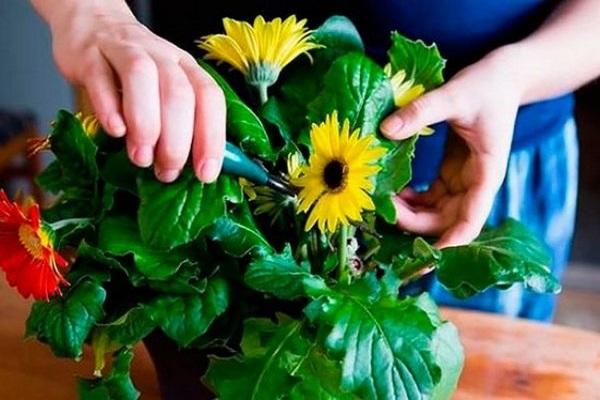
The reasons for the lack of flowering
Gerbera is not only a beautiful plant, but also extremely productive. In the first year, it is able to give up to 15 flowers for cutting a year, and in the second - already 20-30 flowers. Sometimes the gerbera may not bloom. This usually happens due to several reasons, such as:
- insufficient illumination;
- lack of nutrition or, conversely, an excess of nitrogen fertilizers;
- severe disease.
Diseases and pests
Gerbera, like many flower crops, is quite often affected by diseases and pests. To maintain the health and strength of the plant, timely protective measures are required.
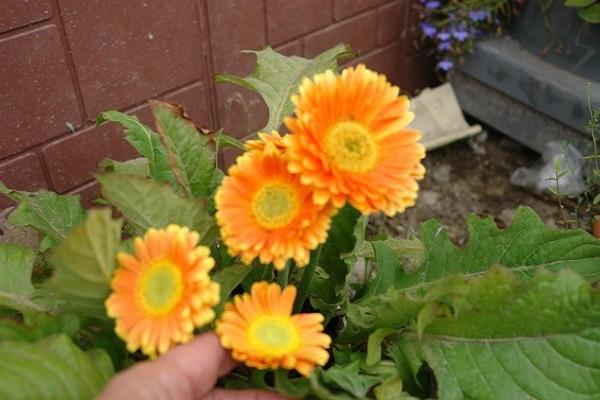
Root rot
The disease is one of the main causes of gerbera death. The main factors for its occurrence are planting flowers in unprepared soil infected with pathogenic fungi. The second reason is constant overflow or stagnation of water.
For the prevention of rot, they are treated with fungicides. Often gardeners use a stimulating drug - Previkur Energy. Treatment must be combined with improving soil drainage and leveling the irrigation regime.
Gray rot
In cool, rainy weather, as well as excess moisture, with frequent watering, they are affected by gray rot. For prevention and treatment, contact or systemic fungicides are used. When spraying with preparations, it is important to prevent drops from falling directly on the flowers.
Fungicides have proven themselves positively: Switch, Horus.
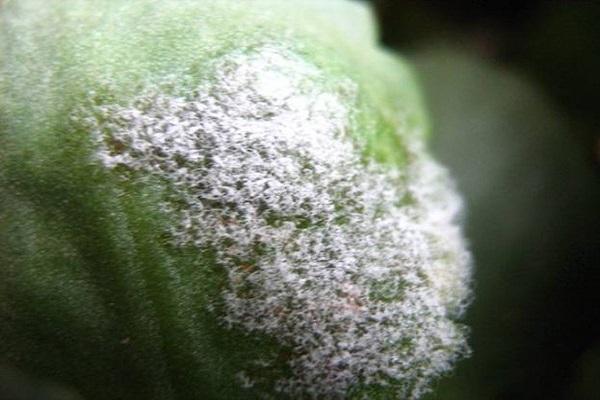
Powdery mildew
During hot summer weather, flowers can be affected by powdery mildew. This is a dangerous, rapidly developing disease caused by fungal spores and manifests itself as a white bloom on all parts of the plant. Fungicides will help in the fight: Fundazol, Skor, Topaz.
Mosaic
The most dangerous gerbera disease is the mosaic virus. There are no effective drugs for treatment. But a grower can help plants with preventive methods and chemicals. The disease manifests itself in the form of white and light green spots on gerbera leaves.
Whitefly
A common sucking pest of gerberas is the whitefly butterfly. It is more of an outdoor pest than a household pest. The butterfly is difficult to breed due to its extraordinary fertility. The secret is to use drugs that suppress not only adults, but also their larvae. Plus, it is advisable to alternate them, not to use only one. Suitable, for example, insecticides Aktara and Mospilan.
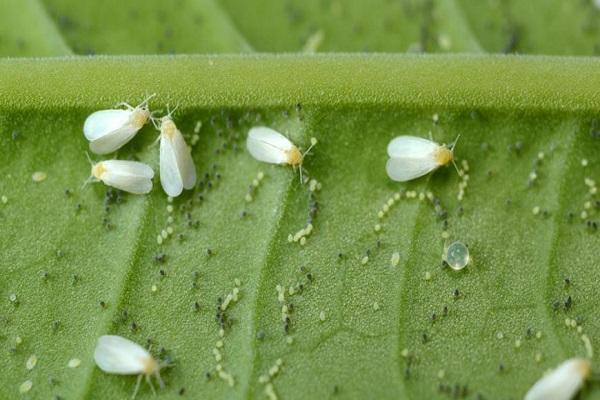
Gerbera propagation
Gerbera is propagated by green grafting, sowing seeds or dividing a bush. When propagated by seeds, maternal qualities are split. Namely, the color, size, characteristics of the flower itself change. It is advisable to purchase seeds in professional packaging from well-known manufacturers. This is especially true of hybrid seeds.
The most effective way to propagate a gerbera is to divide the bush. It is advisable to use mature, mature plants. Reproduction by dividing the bush will not give many seedlings, but they will 100% correspond to the variety. And, of course, such seedlings have high growth potential.
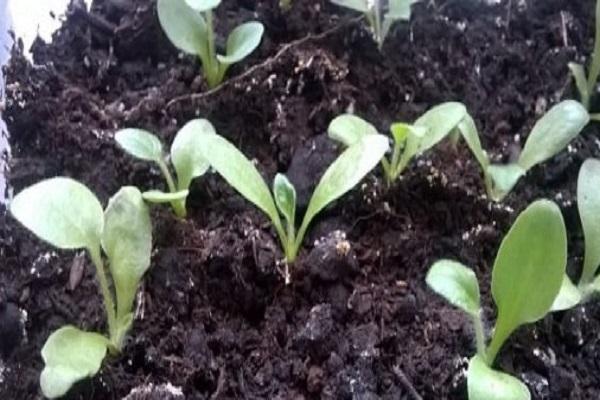
Application in landscape design
Gerberas will perfectly decorate a garden plot; they are often used to create alpine slides. They are used when creating bright, cascading flower beds, framing garden paths, as well as in urban landscaping.
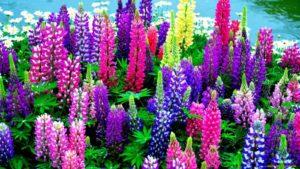



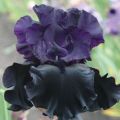



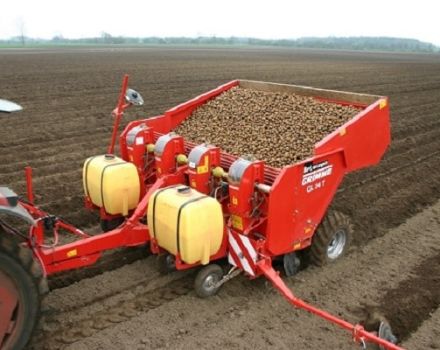
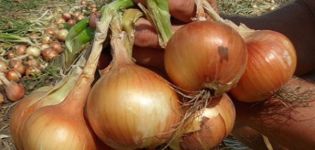
It would be interesting to watch to see, if it were not for this ostentatiousness, why in Ukrainian interspersed with Russian? That is, you still can't do it without Russian? Such a disrespectful attitude towards the viewer is unpleasant. Considering that the domain is Russian, not Ukrainian!